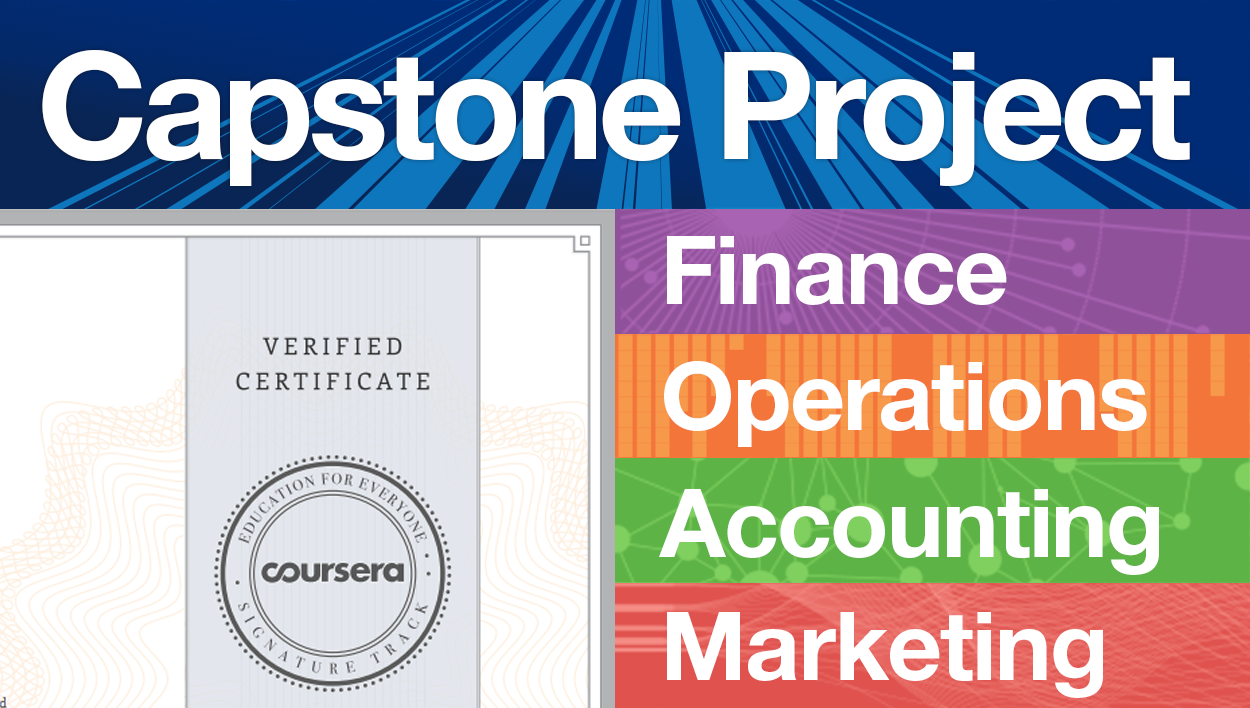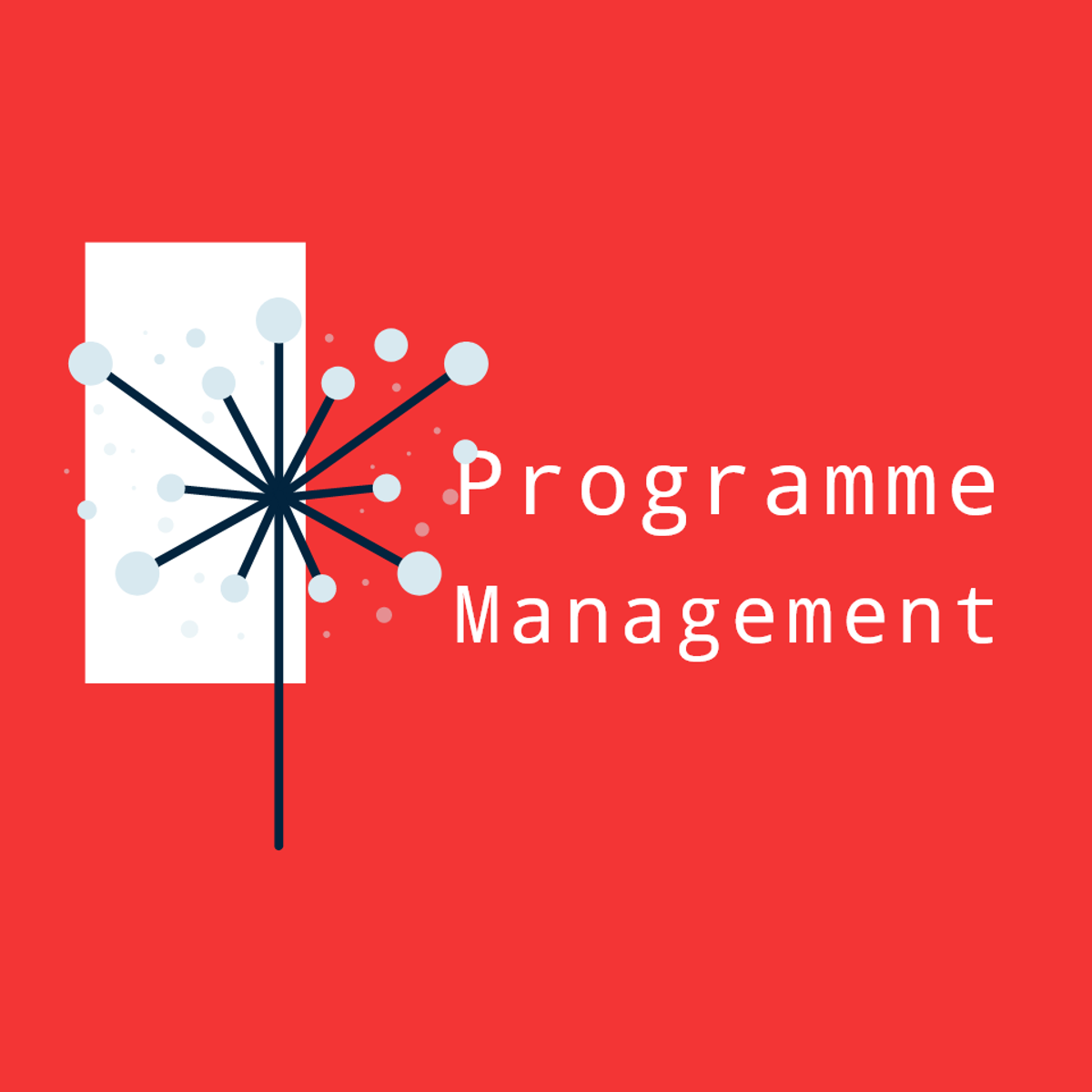Back to Courses









Business Courses - Page 70
Showing results 691-700 of 2058

SAP Professional Fundamentals
SAP Professional Fundamentals is the first course in the SAP Technology Consultant Professional Certificate program. The course introduces you to the world of consulting and the range of skills that you need to succeed in this competitive field.
You’ll explore SAP professional consulting roles and discover what technical consultants, functional consultants, and other professionals do. You’ll investigate the wide range of skills consultants need to have, for example strategic thinking, business process analysis, systems and design thinking, and understanding data, as well as effective soft skills, communication and relationship management. You’ll explore various planning and project management methodologies such as Waterfall, Agile, DevOps, and Cloud. Plus, you’ll start to get a feel for the whole SAP journey, from engaging with the customer to deploying a solution.
By the end of this course, you will be able to:
Explain what is meant by the SAP ecosystem and the value it brings to customers.
Describe what different SAP professionals do and how they engage with customers.
Understand the core and soft consulting skills that are both in highest demand, and frequently not taught in classroom environments.
Describe a typical SAP engagement and how key professional skills are used at each stage of the SAP Implementation Lifecycle.
Describe key roles with whom an SAP professional typically collaborates.

Learn to Job Search with Indeed
By the end of this course, you will be able to search for the exact job that you want to be in, in the correct location, with the desired salary you want. You will also know where to look for accurate salary information, company data, and how to find information on a certification.

Use the GE-McKinsey Matrix to Analyze and Set Your Strategy
By the end of this guided project, you will be able to use the GE-McKinsey Matrix to analyze and formulate your corporate strategy. The GE-McKinsey nine-box matrix is a strategy framework that offers a systematic approach for the multi-business corporation to prioritize its investments among its business units or products. The matrix combines two dimensional factors on a horizontal and vertical axis to determine the industry attractiveness and the competitive strength of a business unit. The general strategic principle promoted by the Matrix is to increase the level of investment in an attractive industry, and reduce resource allocation to business units where the company doesn’t have a competitive advantage.
For us to practically demonstrate the application of the GE-McKinsey matrix, we will use a spreadsheet to analyze an Energy Services company that has five Strategic Business Units. Example of the case study would empower you to use the model to analyze your company or any other company of your choice. The project is for business leaders who want formulate their corporate strategy with the goal of effective resource allocation. Also, for strategist who are interested in helping organization to make informed strategic decisions. At the end of the project, you will be able to use the Matrix for your corporate strategic planning, and to allocate resources effectively.

The AI Ladder: A Framework for Deploying AI in your Enterprise
This course is intended for business and technical professionals involved in strategic decision-making focused on bringing AI into their enterprises. Through the use of a conceptual model called “The AI Ladder”, participants in this course will learn the requirements, terms and concepts associated with successfully developing and deploying AI solutions in their enterprises. After completing this course you will be able to explain and describe each of the steps required to ensure success when you build and deploy AI solutions in your business enterprise.

Topics in Applied Econometrics
In this course, you will discover models and approaches that are designed to deal with challenges raised by the empirical econometric modelling and particular types of data. You will:
– Explore the motivations of each approach by means of graphs, preliminary statistics and presentation of economic theories
– Discuss the problem of identification of the parameters, and how to address this problem by modelling simultaneous equations and causality in economics.
– Examine the key features of panel data, and highlight the advantages and disadvantages of working with panel data rather than other structures of data.
– Learn how to choose what econometric specification to adopt by introducing the test for poolability and the Hausman tests.
– Discuss models for probability that are used where the variable under investigation is qualitative, and needs to be treated with a different approach.
– Learn how to apply this approach to building an Early Warning system to forecast systemic banking crises using data from the World Bank.
It is recommended that you have completed and understood the previous two courses in this Specialisation: The Classical Linear Regression Model and Hypothesis Testing in Econometrics.
By the end of this course, you will be able to:
– Respond appropriately to issues raised by some feature of the data
– Resolve address problems raised by identification and causality
– Resolve problems raised by simultaneous equation and instrumental variables models
– Resolve problems raised by longitudinal data
– Resolve problems raised by probability models
– Manipulate and plot the different types of data.

Getting Started with ProfitBooks
This project will give you the opportunity to familiarize yourself with the cloud-based platform, ProfitBooks. We will start this project by introducing you to the platform through creating an online account and taking a virtual tour of the software. This step will include updating your company profile in the settings. We will continue our introduction by building out a CRM through the customer profile feature. Once the customer profiles are created, you will be introduced to some beginner features on the platform.
This project will focus on the Item feature for products and services & invoice feature for billing. Upon completion of this project, you will understand how to add customers to your CRM, inventory items and services, and invoice customers. You will have the confidence to continue towards intermediate use of ProfitBooks in a continuation series.
ProfitBooks is an online accounting and payroll management software for small businesses. It allows users to organize offices finances and track all activities related to their business. This free online tool allows you to manage your money without accounting knowledge, grow sales with powerful invoicing tools, track inventory with ease, and run your business with total confidence.
ProfitBooks hosts your information on the secure and widely-trusted Amazon Web Services (AWS) while implementing additional security features like secure-access, built-in firewalls, encrypted data storage and periodic back-ups. You can read more about their security policy here: https://www.profitbooks.net/cloud-data-security/.

Intercultural Management
This MOOC explores different aspects of intercultural management, including teams, leadership, Human Resource Management, marketing and negotiations. When you complete this MOOC, you will have a richer understanding of the concept of culture, and how culture influences the way that individuals behave.
You will also get a deeper knowledge about how culture shapes management practices in international organizations. We will introduce you to a number of experts in the field of intercultural management who will discuss the challenges and the benefits of dealing with employees on a global level.
Moreover, we will share with you insights from our own research to illustrate recent developments in the field of intercultural management. During the MOOC we will provide you with a variety of concepts and tools that empower you to successfully interact with people from other cultures to achieve your desired personal and business-related goals.
Please have a look at the teaser available at : https://www.youtube.com/watch?v=LVze_O6vjKI

Wharton Business Foundations Capstone
Wharton's Applied Knowledge Capstone Project enables you to apply your analytic skills to real business challenges – including your own. You’ll use your newly earned business skills to thoughtfully evaluate a real situation or opportunity from Wharton-governed companies like Shazam and SnapDeal.

Program Management: Stakeholders Identification in ClickUp
By the end of this guided project, you will be fluent in creating Program stakeholder artefacts for the Identification/Planning Phase for diverse programs. You will utilise a logical diagramming plan in an agile environment to develop the solution. This will enable you to identify and classify the required components for stakeholder identification and planning. Furthermore, it will help develop a structural model for learning about the field of Program Management.
If you are interested in building up the knowledge leading to this guided project, the following is the link to:
[ Developing Programme Management Blueprint with ClickUp]
https://www.coursera.org/projects/program-blueprint
[Advanced Programme Planning Phases Framework in ClickUp]
https://www.coursera.org/projects/program-advanced-planning
This Guided Project is essential for individuals wanting to learn about the field, or looking to transition into working in Program Management. This guided project is designed to engage and harness your visionary and exploratory abilities. You will use proven models in an agile environment with ClickUp to engage in a hands-on learning experience.

Create a Simple Project Timeline in Google Sheets
By the end of this project, you will be able to create a simple Project Timeline using Google Sheets. You will have a better understanding of how to use this tool to help track and present project schedules.
Note: This course works best for learners who are based in the North America region. We’re currently working on providing the same experience in other regions.
Popular Internships and Jobs by Categories
Browse
© 2024 BoostGrad | All rights reserved


